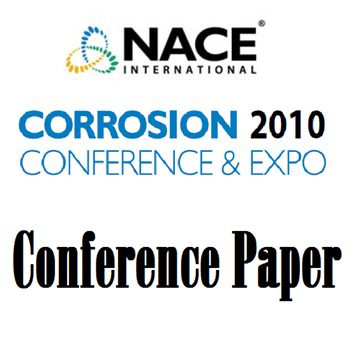Search
10253 Detection of SRP Activity by Quantification of MRNA for the Dissimulatory (Bi) Sulfite Reductase Gene (DSRA) by Reverse Transciptasea Quantitative PCR
Also Purchased
10261 Plasma Surface Engineering of Materials for Corrosion Protection
Product Number:
51300-10261-SG
ISBN:
10261 2010 CP
Publication Date:
2010
$20.00
10254 Sulfur-Reducing Bacteria May Lower Corrosion Risk in Oil Fields by Coupling Oxidation of Oil Organics to Reduction of Sulfur-Polysulfide to Sulfide
Product Number:
51300-10254-SG
ISBN:
10254 2010 CP
Publication Date:
2010
$20.00
10262 Corrosion Resistance of Nickel Alloys and Super Austenitic Stainless Steel Weld Claddings as a Function of Dilution
Product Number:
51300-10262-SG
ISBN:
10262 2010 CP
Publication Date:
2010
$20.00




